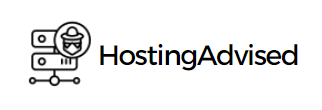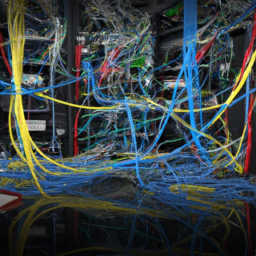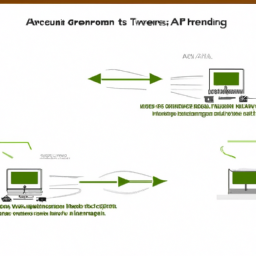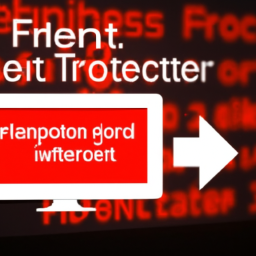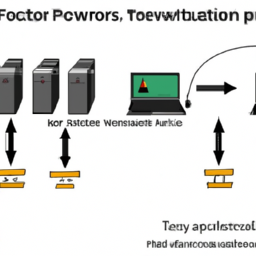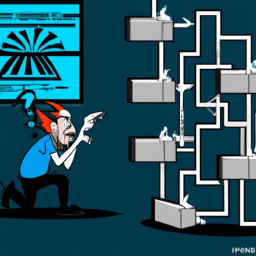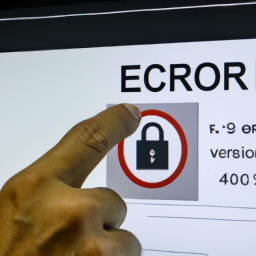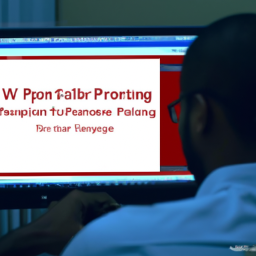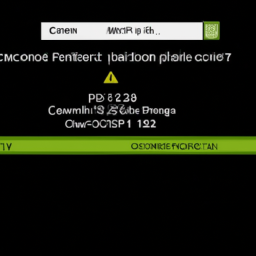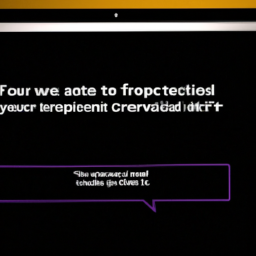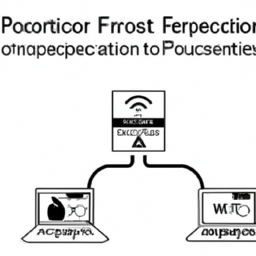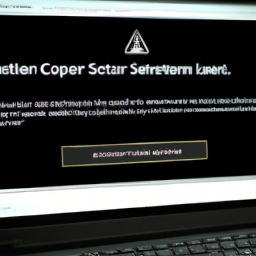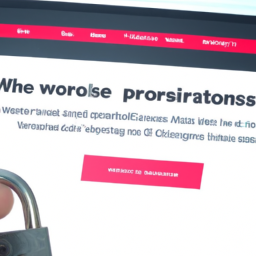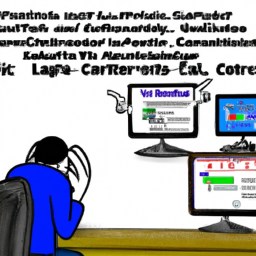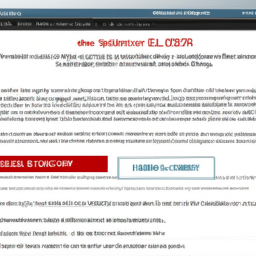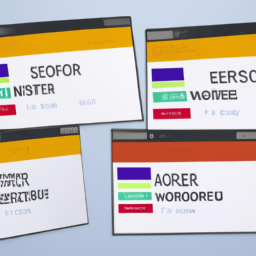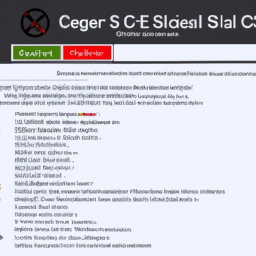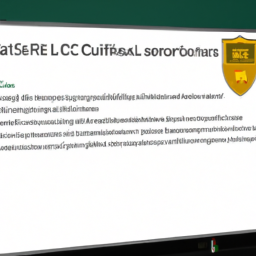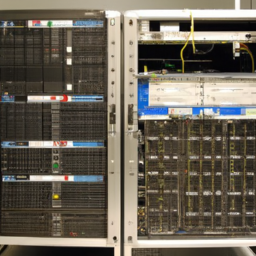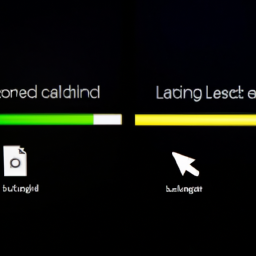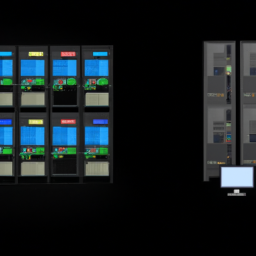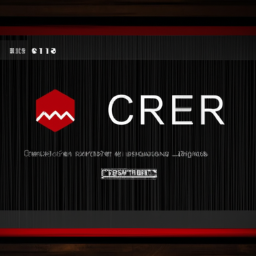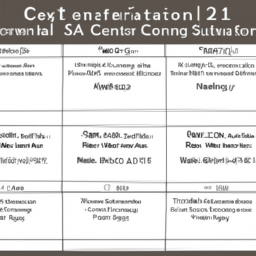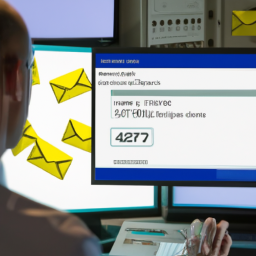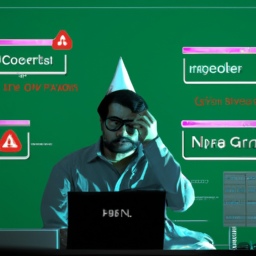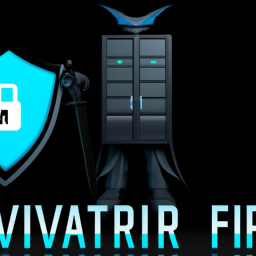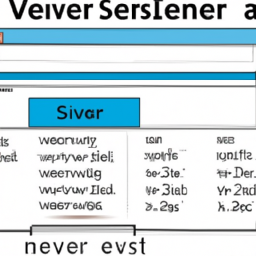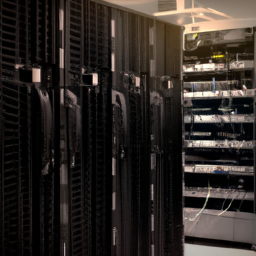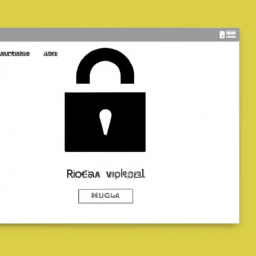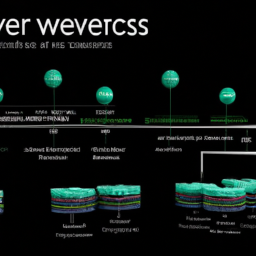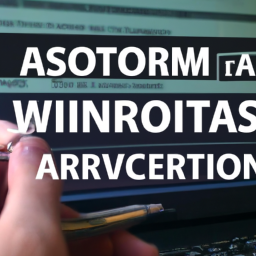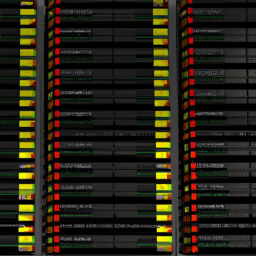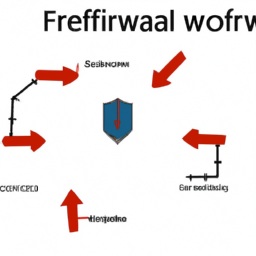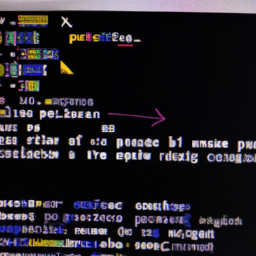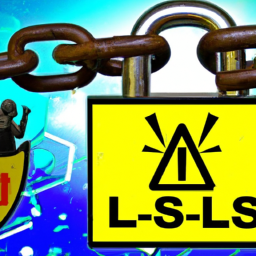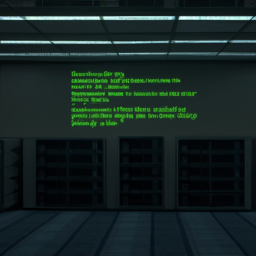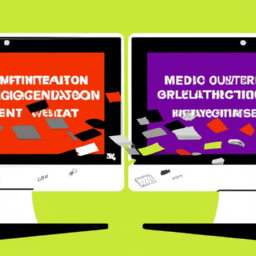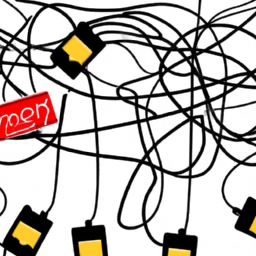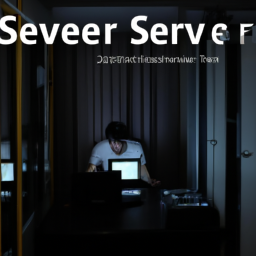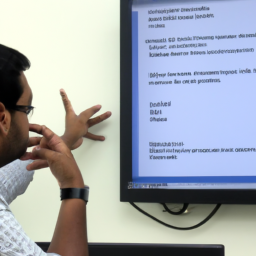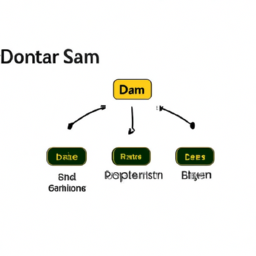In the vast landscape of the digital world, the flow of information is crucial for seamless communication and efficient data transfer. However, at times, you may encounter an unwelcome barrier – the dreaded ‘FTP Connection Refused’ message. This symbolic obstacle can halt your progress and leave you stranded in the realm of frustration.
Fear not, for this article serves as your guiding light, illuminating the causes and providing solutions to overcome this setback.
With a technical lens, we delve into the intricacies of network connections, FTP server settings, and client software updates.
We explore the necessity of disabling firewall or antivirus software and the significance of checking FTP port configuration.
Moreover, should you find yourself in need of assistance, we encourage you to reach out to your hosting provider.
Together, we will unravel the mysteries behind this error message, empowering you to reclaim the smooth flow of data and regain control over your digital endeavors.
Key Takeaways
- Troubleshoot network connection issues before troubleshooting the error
- Verify FTP server settings to minimize potential problems
- Update FTP client software for smooth and efficient file transfers
- Contact hosting provider for assistance if persistent difficulties with FTP connection
Check Your Network Connection
Before you start troubleshooting the FTP connection refused error, make sure your network connection is solid and reliable.
Troubleshooting tips for network connection issues include checking if your internet connection is working properly, ensuring that your network cables are securely connected, and restarting your router or modem.
Troubleshooting techniques such as running network diagnostic tools can help identify any network issues that may be causing the FTP connection refused error. Additionally, check if any firewalls or antivirus software are blocking the FTP connection.
Once you’ve confirmed that your network connection is stable, you can proceed to the next section where we’ll discuss how to verify the FTP server settings.
Verify FTP Server Settings
Prior to diving into the technical details, let’s take a moment to explore the ins and outs of configuring your FTP server settings. Troubleshooting FTP connection issues can be a frustrating task, but by ensuring your FTP server settings are properly configured, you can minimize potential problems. To help you in this process, refer to the table below which highlights common FTP server configuration mistakes:
| Mistake | Solution |
|---|---|
| Incorrect server address | Double-check and correct the server address |
| Wrong port number | Verify and update the port number if necessary |
| Invalid username/password | Ensure the correct credentials are used for authentication |
By avoiding these mistakes, you can enhance your FTP connection’s reliability. Once you have verified and adjusted your FTP server settings, you can move on to the next section about updating your FTP client software.
Update Your FTP Client Software
To ensure smooth and efficient file transfers, make sure to update your FTP client software. Outdated software can often be the culprit behind common FTP errors, making troubleshooting a frustrating task. By keeping your FTP client updated, you can take advantage of the latest bug fixes and security enhancements, reducing the chances of encountering connection issues.
Additionally, comparing different FTP client software options can help you find a program that better suits your needs and provides a more stable connection.
Once you’ve updated your FTP client software, you can move on to the next step of troubleshooting: disabling firewall or antivirus software. This will help ensure that these security measures aren’t interfering with your FTP connection.
Disable Firewall or Antivirus Software
Disabling firewall or antivirus software can help ensure a more stable and secure FTP experience. When troubleshooting FTP connection issues, it’s important to consider that these security measures could be blocking the connection. Here are four common causes for FTP connection refusal:
-
Firewall settings: The firewall may be configured to block FTP connections, especially if it’s set to a high security level.
-
Antivirus software: Some antivirus programs have built-in features that block FTP connections to prevent malicious activity.
-
Incorrect port settings: FTP connections require specific ports to be open. If these ports are closed or misconfigured, the connection may be refused.
-
Network issues: Problems with the network, such as a weak or unstable connection, can also result in FTP connection refusal.
To further troubleshoot the issue, you should now move on to checking the FTP port configuration.
Check FTP Port Configuration
Make sure you’ve got the right ports open and properly configured for a smooth and frustration-free FTP experience. Troubleshooting FTP connection issues often involves checking the FTP port configuration.
Common FTP configuration errors can lead to connection refused errors. One possible error is using the wrong port number for FTP connections. FTP typically uses ports 20 and 21 for data transfer and control, respectively. Ensure that these ports are open on your firewall and properly forwarded to your FTP server.
Another mistake is configuring the FTP server to listen on a different port than the one you’re connecting to. Double-check the server’s configuration file or settings to ensure the correct port is specified.
If you’ve followed these steps and still encounter connection issues, it’s time to contact your hosting provider for assistance.
Contact Your Hosting Provider for Assistance
If you’re experiencing persistent difficulties with your FTP connection, reaching out to your hosting provider can offer valuable assistance and guidance. They have the expertise to troubleshoot FTP errors and address common FTP connection issues.
When you contact your hosting provider, they will first analyze your specific situation and provide tailored solutions. They may ask you to provide details about the error message you’re receiving, such as ‘ftp connection refused.’ This information will help them diagnose the problem accurately.
Additionally, they may guide you through checking your firewall settings, ensuring that the FTP port is open, and verifying if your FTP username and password are correct.
By contacting your hosting provider, you can receive expert help to resolve your FTP connection issues efficiently.
Frequently Asked Questions
What are some common error messages that indicate a FTP connection has been refused?
When your FTP connection is refused, you might encounter error messages like ‘Connection refused’ or ‘Could not connect to server.’ These messages can leave you frustrated and confused.
To troubleshoot this issue, start by checking your network connection and firewall settings. If the problem persists, differentiate between server and client side issues by trying to connect to different FTP servers.
Remember, resolving FTP connection refusal requires patience and persistence, but you’ll conquer it like a fearless warrior.
Can a slow internet connection cause a FTP connection to be refused?
Yes, a slow internet connection can cause a FTP connection to be refused. When your internet connection is slow, it can lead to timeouts and delays in data transmission. This can result in the FTP connection being refused as the server may interpret the slow connection as a failed or unresponsive connection attempt.
To troubleshoot this issue, you can try restarting your internet connection, optimizing your network settings, or contacting your internet service provider for assistance.
Is it possible for multiple users to connect to the same FTP server simultaneously?
Yes, multiple users can access an FTP server simultaneously. To enable simultaneous connections on an FTP server, you need to configure the server software to allow it. This can usually be done by adjusting the maximum number of allowed connections in the server’s settings.
By increasing this limit, you can allow multiple users to connect and access the server concurrently, enhancing efficiency and productivity.
Are there any security risks associated with disabling firewall or antivirus software for FTP connections?
Disabling your firewall or antivirus software for FTP connections can pose significant security risks. Without these protective measures, your system becomes vulnerable to malware, hackers, and unauthorized access.
Additionally, there are alternative protocols to FTP that can provide secure file transfers, such as SFTP (SSH File Transfer Protocol) and FTPS (FTP over TLS/SSL).
Not using a firewall or antivirus software for FTP connections can result in compromised data, unauthorized access to your network, and potential system damage.
How can I check if my FTP server is using the correct port configuration?
To check if your FTP server is using the correct port configuration, you can begin by verifying the firewall settings. Make sure the firewall isn’t blocking the FTP port (usually port 21 for standard FTP).
If the firewall isn’t the issue, you can troubleshoot FTP connection problems by checking if the FTP server is running, confirming the correct username and password, and verifying that the FTP client is using the correct settings.
Conclusion
In conclusion, troubleshooting a ‘ftp connection refused’ error can be a challenging task. However, by following the steps outlined in this article, you can effectively identify and resolve the underlying causes.
Remember to check your network connection and verify FTP server settings. Also, update your FTP client software, disable firewall or antivirus software, and review FTP port configuration.
If all else fails, don’t hesitate to reach out to your hosting provider for further assistance. With the right approach and patience, you can overcome this issue and establish a successful FTP connection.
